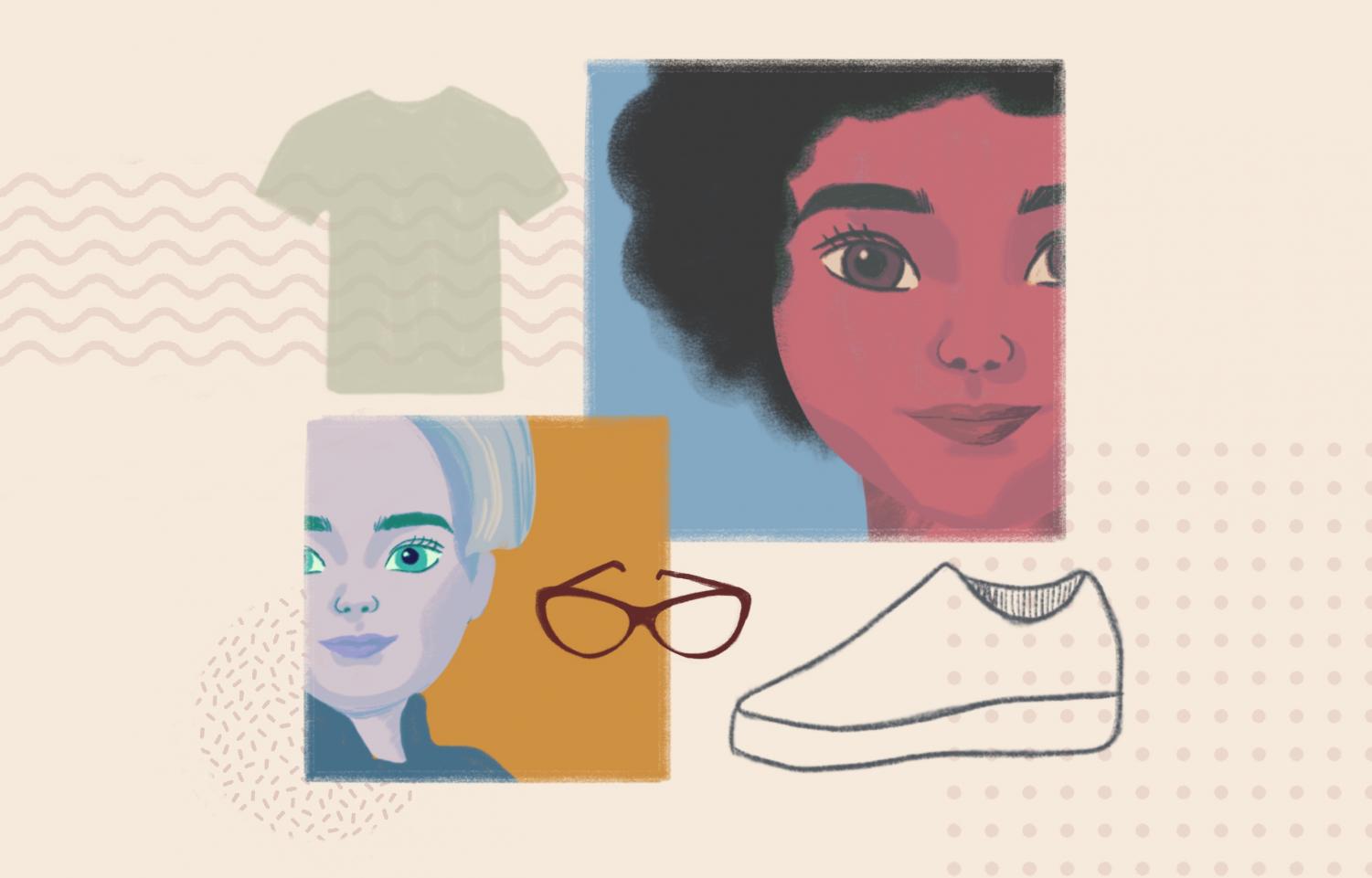EDITORIAL: Inclusivity is not child’s play
October 5, 2019

With the introduction of American Girl’s first male doll and Barbie’s first hijabi doll in 2017, modern inclusivity is still a young concept.
Mattel, the toy company known for manufacturing and developing Barbie dolls, is one of many businesses to recognize this societal evolution. The company recently decided to launch a new, more inclusive type of toy.
The Creatable World doll is gender-neutral and comes in six different skin tones, includes two wigs and a variety of clothing styles and shoes. The dolls are “designed to keep labels out and invite everyone in,” according to Mattel’s website.
This is the latest action taken by a company with a 3% drop in sales during the first quarter of this year, as reported April 25 by The Wall Street Journal.
Prior to this, in 2016, the company released dolls of color and dolls of varying body types. But unlike these inclusive measures, not all parents are pleased about the idea of a doll lacking gender definition.
The concept of gender, especially regarding children, is a touchy subject for most parents, even those who are liberal-leaning. A mother in a Los Angeles testing group for the Creatable World doll line asked, “Is it transgender? How am I supposed to have a conversation with my kid about that?” Later, she said, “It’s just too much. Can’t we go back to 1970?” as reported Sept. 25 by Time Magazine.
But what this initiative may force parents to do is stop in the middle of the toy aisle and have a discussion they would normally avoid with their child. Although parents can take the easy way out, it may be hard to silence the questions of a child who is genuinely curious about the inclusivity they are seeing.
Approaching the topic of profiting off of inclusion is also a slippery slope. Come June, many companies roll out overpriced, rainbow-adorned merchandise just in time for LGBTQ+ Pride Month, yet ignore those consumers for the other 11 months of the year.
But, there are parents out there who feel the injection of this doll into the market is unnecessarily political.
However, Mattel said this is not a political stance. “We’re not in the business of politics, and we respect the decision any parent makes around how they raise their kids,” Mattel’s President Richard Dickson said, as reported Sept. 25 by Time Magazine. “Our job is to stimulate imagination. Our toys are ultimately canvases for cultural conversation, but it’s your conversation, not ours; your opinion, not ours.”
The dolls, with all of their accessories, start at $29.99. While Mattel may still be raking in a profit, its decision to start the dialogue of inclusion at such a young age level is commendable.
As consumers, we can accept or dissect the reasoning companies give us for their actions. Are they gung-ho for inclusion or are they simply trying to find a new avenue for profit? For any company that faces such a wide breadth of the population, like Mattel, it is important to look at the company’s true identity and its motives.
Are its employees representative of minority groups? Does it promote inclusivity, not just in word but in action? Is it committed to standing by its decisions regarding inclusion, or will it fold under the pressure of backlash?
We must investigate these questions and be informed consumers to support the companies that promote a common goal and boycott the ones who don’t.
It might be nice to see inclusion entering the narrow aisles of stores, but it would be even nicer to see inclusion around every corner.







